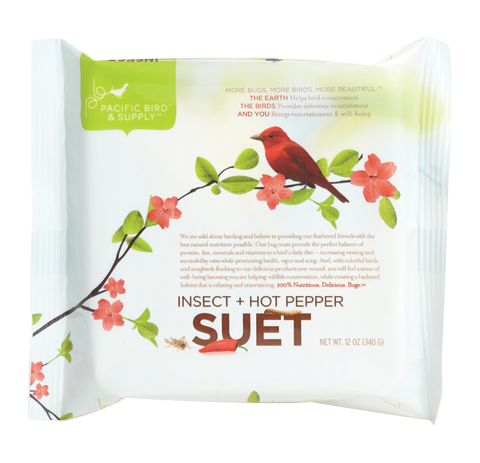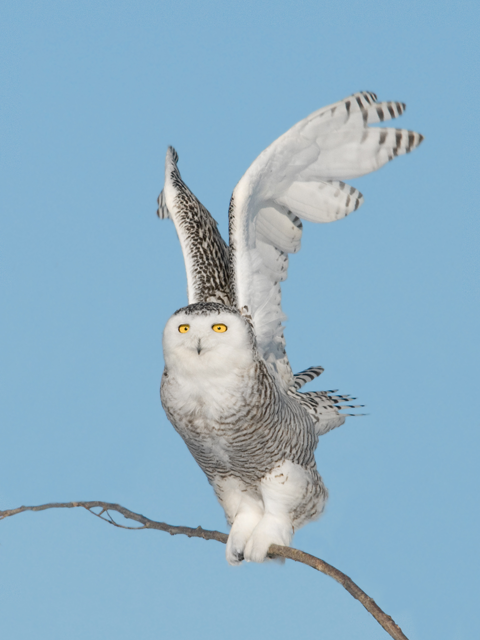Winter seasonal tips and observations
Your Winter Backyard Checklist
- Include suet in cake, plug or ball suet feeders or mix suet pellet in with your seed as well as mealworms, live or dried. Birds eat approximately 25% more calories daily in the winter so beef up your feeders with these high energy foods such as mixes that include peanuts like Joe’s Mix, Cabin Mix, Songbird Delight and Kracker Jax.
- Refill the heated bird bath with cold water. Using warm water increases water loss by evaporation and causes the thermostat to turn off until the water temperature drops again.
- Participate in the Great Backyard Bird Count in February. Sign up at www.birdsource.org/gbbc .
- Welcome winter visiting American Tree Sparrows and Dark-eyed Juncos with Finches’ Choice or Spectrum Mix on the ground along hedges and shrubs.
- Hang Peanut Pickout feeders to attract winter migrant Red-breasted Nuthatches and resident White-breasted Nuthatches.
- Add a window feeder for easy access for refilling this winter. Fill with no shell seed like Kracker Jax or Select Sunflower Hearts. With no shell to crack, birds can forage faster with less energy expended and there is no shell for you to clean up.
- Sign up for our e-newsletter and receive email coupons and helpful seasonal tips.
- Offer Nyjer®™ or Nyjer® mixes throughout the winter for goldfinches and House Finches. Goldfinches are very nomadic in the winter; abundant at the feeders one day and absent the next.
- Call the Wayzata store at 952-473-4283 for our Home Delivery or Feed and Fill service before you leave for warmer climates!
- Feed squirrels well away from your bird feeders and keep them busy with corn cobs and a Squirrel Bungee or an in-shell peanut wreath feeder.

Winter Observations
- Watch for winter visiting birds such as Pine Siskins, Red-breasted Nuthatches and Purple Finches as well as irruptive species such as Red Polls, Great Gray Owls and Snowy Owls.
- Listen for increasing bird sounds such as the drumming of woodpeckers, hooting of owls, calling of chickadees, nuthatches, cardinals, Bue Jays, House Fnches, Mourning Doves, Pheasants and the gobbling of tom turkeys.
- Great Horned Owls, our earliest nesting bird, are on the nest in mid-January.
- American Goldfinches begin to molt into their bright yellow feathers.
- Some portion of the American Robin and Eastern Bluebird population overwinter in Minnesota. You may spot them eating crabapples, hackberry tree fruits and other berries.
- Horned Larks, the first spring migrants, arrive in early February.
- Canada Geese, Wood Ducks, Red-winged Blackbirds, Grackles, American Robins and Eastern Bluebirds arrive in early to mid-March.


